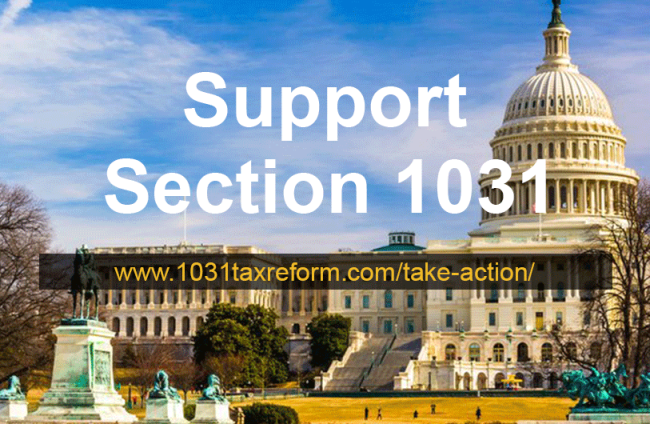Most Section 1031 Like-Kind Exchange transactions involve a taxpayer who sells a relinquished property and then acquires a replacement property within the appropriate guidelines. An increasing number of exchangers are structuring their transactions as 1031 reverse exchanges, wherein the taxpayer first arranges for the acquisition of the replacement property and later sells their relinquished property. But there is a hybrid solution that often is overlooked – this is a combination 1031 exchange goals.
The Solution: A Combination Forward-Reverse Hybrid 1031 Exchange
Karen will structure the sale of her small strip center as part of a reverse 1031 exchanges process.
The sale of the strip center took place on March 1, 2021, and the exchange proceeds were sent directly to Accruit, the qualified intermediary, to be held on her behalf until the purchase of her replacement property. This is necessary because a taxpayer participating in a like-kind exchange cannot be in actual or constructive receipt of the net sale proceeds while the exchange is pending.
Within 45 days after the closing on the sale, Karen identified a one-half interest in her target replacement property using https://www.accruit.com/blog/what-are-rules-identification-and-receipt-… Rules in 1031 Exchanges. Karen also worked closely with the qualified intermediary, Accruit, to begin the reverse exchange component of her transaction. Accruit, through its affiliate, known as an Exchange Accommodation Titleholder (“EAT”) will take title to the other one-half interest in Karen’s target replacement property.
Specifically, Karen will lend the additional $500,000 to a new LLC (let us call it Newco LLC), with the EAT as its sole member, which was established specifically for the purpose of facilitating the reverse 1031 exchange. The loan from Karen to Newco LLC will be documented by a note and secured with a pledge of the EAT’s membership interest in Newco LLC.
Karen ultimately closes on the acquisition of the target replacement property on April 30, 2021, with title vested 50% in her personal name and 50% in Newco LLC, as tenants in common. (Learn more about https://www.accruit.com/blog/fractional-ownership-real-estate”>Tenants in Common.) On June 1, 2021, while the replacement property is held by Karen and Newco, Karen enters a contract to sell the small office building, her second relinquished property, for $540,000, with a closing date of August 20, 2021. At closing, after all closing costs are paid, the net proceeds of $500,000 will be deposited into Karen’s exchange account with Accruit. Karen will acquire the remaining 50% tenancy in common interest from the EAT and will direct Accruit to transfer the funds from the exchange account to the closing agent for this portion of the transaction. Immediately Upon receipt of those funds the EAT will direct the closing agent to remit that sum to Karen to pay off the loan that was made to the EAT to acquire the new property. Upon payoff of the $500,000 loan owed to Karen, Karen receives full ownership of the replacement property. In this manner it is the same as if Karen had acquired the replacement property outright from seller.
The Result
Karen used the forward exchange for the sale of the strip center and the reverse exchange for the sale of the office building to ultimately acquire 100% of the new building, deferring the taxes on both sales in the process. In doing so, Karen exchanged from two properties worth approximately $1,000,000 into a single, more desirable building worth about the same.
